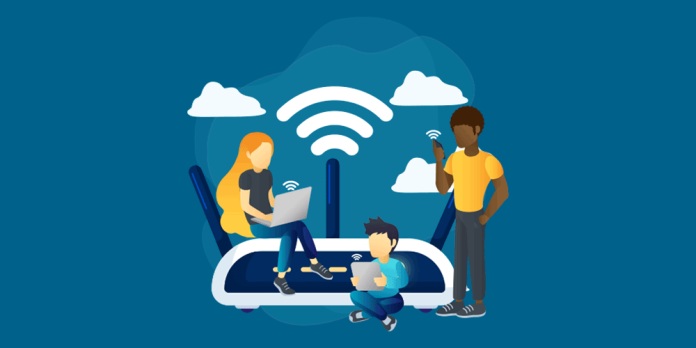Seamless global internet connectivity hinges on several key factors, with tier 1 providers playing a pivotal role. These networks form the backbone of the internet, ensuring that data flows efficiently across vast distances. Without them, our online experiences would be riddled with delays and interruptions.
What are Tier 1 Providers?
Tier 1 providers are the elite Internet Service Providers (ISPs) class. They possess extensive network infrastructures that span multiple countries. This unique position allows them to connect directly to the global internet without purchasing transit from other ISPs. Their infrastructure includes high-speed fiber optic cables, data centers, and routing equipment. They negotiate peering agreements with other tier 1 providers, enabling them to exchange traffic freely and maintain high-quality service.
The Importance of Tier 1 Networks
Why do these networks matter? Here are some compelling reasons:
- Global Reach: Tier 1 providers can access any part of the internet. They own or lease transoceanic cables that facilitate international data transfer.
- High Capacity: They manage immense traffic, ensuring minimal latency and high-speed data delivery. This capacity supports everything from video conferencing to large-scale data transfers.
- Reliability: These networks invest heavily in redundancy and failover mechanisms. This commitment ensures high uptime and consistent performance even during peak usage times.
The Role of Peering Agreements
Peering agreements are crucial for tier 1 providers. They allow these ISPs to exchange traffic without incurring costs. This arrangement enhances efficiency and fosters a collaborative environment among providers. By establishing direct connections, they can bypass potential bottlenecks from relying on lower-tier ISPs.
The Three-Tier Model of ISPs
Understanding the hierarchy of ISPs helps clarify the role of tier 1 providers:
- Tier 1 ISPs: These giants own their infrastructure and do not pay for transit. They interconnect with one another through private peering agreements.
- Tier 2 ISPs: These providers purchase transit from tier 1 providers and offer services primarily within specific regions or countries. They act as intermediaries, connecting end users to the broader internet.
- Tier 3 ISPs: Typically, local providers rely on tier 2 ISPs for access to the internet. Their focus is on delivering services to individual consumers or small businesses.
Benefits of Choosing Tier 1 Providers
Opting for a tier 1 provider offers distinct advantages:
- Single Point of Contact: Businesses can streamline their operations by dealing with one provider for their internet needs.
- Cost Efficiency: While it may seem counterintuitive, using a tier 1 provider can reduce overall costs due to their ability to aggregate bandwidth across multiple locations.
- Enhanced Performance: With direct access to the global internet backbone, these networks ensure superior speed and reliability compared to lower-tier options.
Challenges in Global Connectivity
Despite their strengths, challenges persist in achieving seamless connectivity:
- Infrastructure Limitations: Some regions lack adequate infrastructure, hindering access to reliable internet services.
- Regulatory Hurdles: Different countries impose various regulations on ISPs, complicating cross-border data flow.
- Market Competition: As more players enter the market, maintaining quality while keeping prices competitive becomes increasingly difficult.
Future Trends in Internet Connectivity
Looking ahead, several trends will shape global internet connectivity:
- Expanding Fiber Networks: Continued investment in fiber optic infrastructure will enhance speed and reliability.
- Emergence of New Technologies: Innovations like satellite internet could bridge gaps in underserved areas.
- Increased Collaboration Among Providers: As demands grow, cooperation between different tiers of ISPs will become essential for maintaining seamless connectivity.
Seamless global internet connectivity relies heavily on the capabilities of tier 1 providers. Their extensive infrastructure and strategic peering agreements enable them to deliver reliable and efficient services worldwide. As technology evolves and demands increase, these networks will continue to play a critical role in shaping our digital landscape. Understanding their significance helps us appreciate the complex web that makes modern communication possible.








